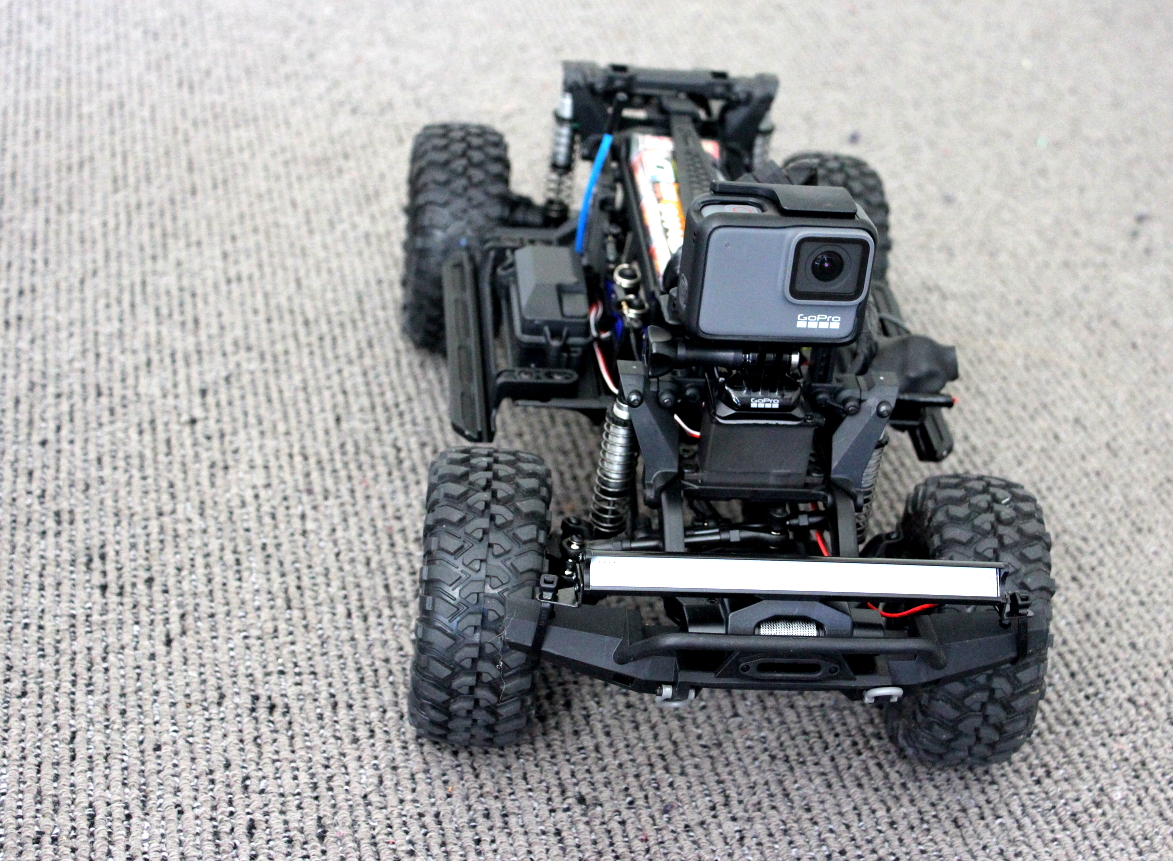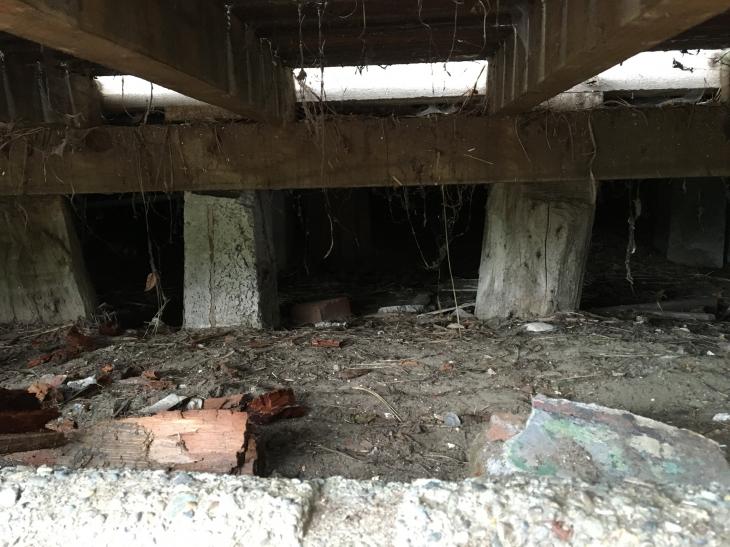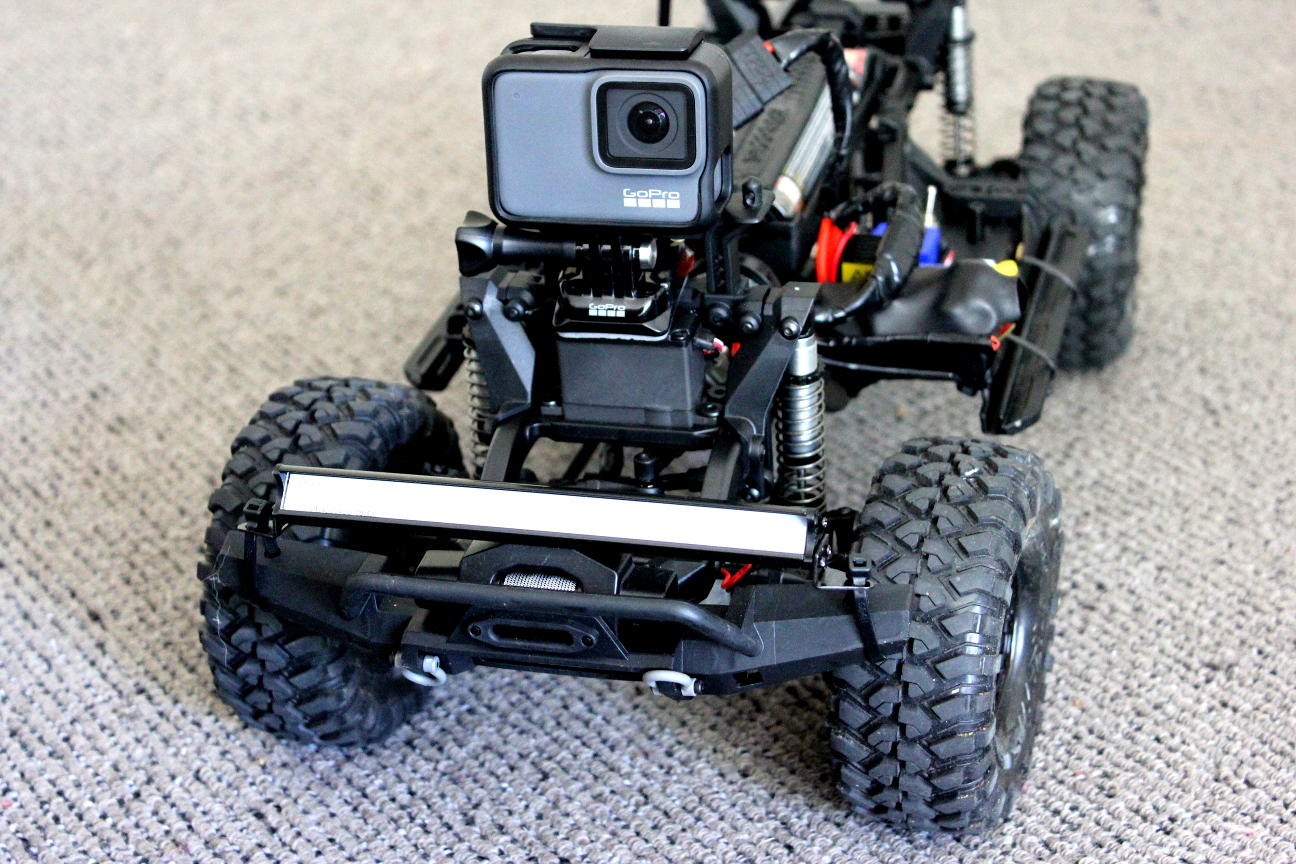An underfloor inspection robot is a valuable tool for homeowners and builders alike. With its ability to assess the condition and lifespan of a building’s underfloor, this inspection can reveal damage caused by rot, water leaks, dampness, and termite infestations. Additionally, it can detect potential defects such as improper support beams or joists, which can lead to issues like sagging or springiness over time. In areas like Canterbury, New Zealand that have experienced earthquakes, this inspection can also help detect any structural damage that may have occurred.
The T4Tech team has created a valuable resource to assist building inspectors in expanding their business and streamlining their inspection process.

Why are Underfloor Robots Useful?
Conducting traditional underfloor inspections can be both time-consuming and costly, and often requires significant physical exertion. It can also be difficult for a human inspector to access and inspect tight or limited spaces. Additionally, there are inherent risks associated with this type of inspection.

Certain elements, such as rotting or water leakage, can damage the structure and create unsafe conditions, such as puddles or exposed electrical wiring. These conditions can make it dangerous or unsanitary for a human inspector to access the underfloor area.
Additionally, the traditional inspection process is labor-intensive and requires crawling through confined spaces to manually check every corner, while also carrying recording equipment. This process can also be uncomfortable, as the space under the floor may be too cramped for a person to move around easily.
At T4tech, we recognize the challenges of underfloor inspection. That’s why we were tasked with designing a durable and capable underfloor inspection robot that not only addresses these difficulties, but also provides detailed inspection capabilities. Our robots are equipped with all the technical features necessary for assessing underfloor structures, and they offer a safer alternative to sending human inspectors into potentially hazardous environments. Equipped with cameras, these robots can navigate any terrain and reach hard-to-access areas. Additionally, they are built with high-quality components to ensure longevity and ease of use.
Capabilities of the Under-Floor Inspection Robot:
● Underfloor inspection robots can operate remotely with a wireless controller over a specific range. The remote operations enable the user to inspect the building without the need to go under the floor physically.
● The robust design enables the robot to comfortably reach parts of the building that are not easily accessible for humans.
● The cameras and communication system installed on underfloor inspection robots makes it convenient to observe the situation remotely.
● For a better experience, the floodlighting system assists in proper illumination of the area.
● Underfloor inspection robots ensure human safety when it comes to inspecting buildings that are structurally weak.
The following are some of the most notable features of underfloor inspection robots.
Controlled Floodlights:
Traditionally when a human inspector goes underfloor, he needs to be carrying heavy gear. The whole experience can be very uncomfortable. But with underfloor robots, the user can remotely access and illuminate the floor from all angles. Underfloor inspection robots are equipped with powerful floodlights, and the operator can remotely control the light intensity.
Live Video Capturing & Streaming :
One of the best features of underfloor robots is their ability to live video stream. These robots are equipped with high-resolution cameras and communication systems for transmitting high-quality live video. This feature enables the user to examine in-depth the structural aspects of the building while seated in a comfortable position. Furthermore, the video can be recorded and can be viewed again for better post-assessment.
Differential Driven Robots:
The differential control of a robot’s wheels enables the robot to turn while staying on its axis. This feature is useful in places where the robot has tight spaces to turn around. With differential drive, the robot requires very little space to manoeuvre and turns very smoothly. The differential drive also has a self locking mode which allows the robot to stay braked on steep terrains.
All Terrain Inspection Robots:
Due to poor access to some buildings, the surface can be uneven and difficult for a traditional robot to run over. But the all-terrain under floor inspection robot is designed to run smoothly on any kind of surface. Special shock absorbers are installed to withstand tough environments. Notably, the wheels and the suspension systems enable the robot to drive over rough rocky as well as slippery grounds. These robots have the off-road capability and a good grip over difficult surfaces. Their remote viewing system helps to view obstacles from far and avoid them with ease.

Benefits to the business:
● Ensures Human safety: Underfloor inspection robots provide inspectors safe access to inspect places without engaging in any potential risks.
● Reduces human effort: The easy to operate design and robust hardware dispenses the need of human inspectors to crawl under low clearance areas and wet underfloor areas. They are able to remotely inspect cramped spaces while being seated comfortably.
● Saves time: The detailed video reporting feature and ability to cover large areas faster save time.
● Quality of service: These robots provide a better grade of service for a reasonable price giving the business an advantage over other competing inspection services.
Conducting traditional underfloor inspections can be both time-consuming and costly, and often requires significant physical exertion. It can also be difficult for a human inspector to access and inspect tight or limited spaces. Additionally, there are inherent risks associated with this type of inspection.
